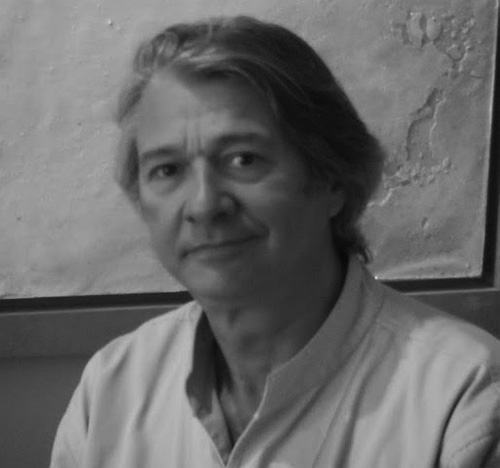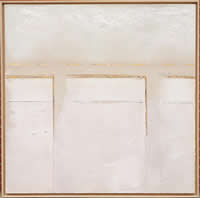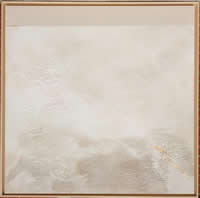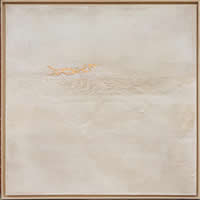Who is Pascal Pilate?
The basis of Pascal Pilate's pictorial abstraction is the raw material, the symbol of life and the witness of the imprint left by time. From his beginnings as an artist, he expressed himself through painting and the body: for him, art is energy renewed and painting, a therapeutic break. It was as a continuation of this approach to the harmonization of architectures and materials that he defended his thesis in osteopathy: an activity that he then practised in parallel, or rather in addition to being an artist.

Happenings ... In the 1980s, located in the former workshops of General Stores at La Villette in Paris, Pascal Pilate, at the demand of various underground groups, created his first happenings such as “On achève bien les tableaux” (We complete pictures) or the folk “Foufounes électriques” (Electric Fannies) in Montreal: five painters gathered in a room, each create a work and put it up for auction at the end of the session. For the exhibition “Les carottes dans la tête” (Carrots in the head), he filled large plexiglass cylinders with paintings, drawings, and other retouched images: the materials, accumulated here like those stories which form us, remain the theme of his work.




